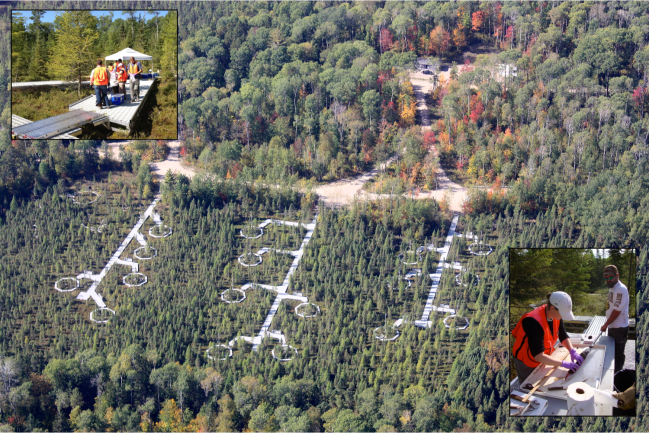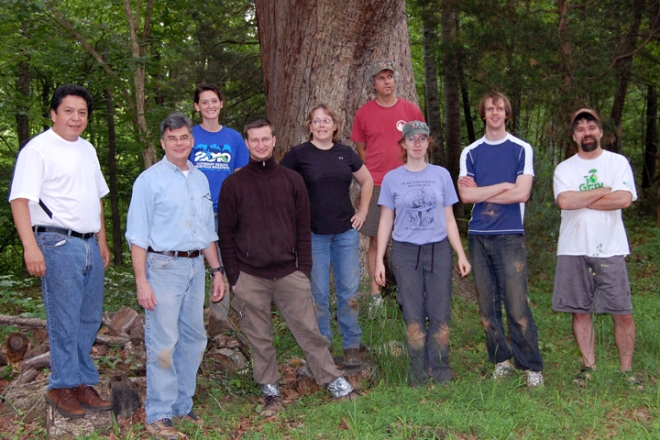Here are links to three new accepted papers that are just out online. These papers represent some of the first of our hopefully continued fruitful efforts to characterize the peatland SPRUCE site characteristics prior to the onset of warming treatments next year. These come from core support of the SPRUCE project itself as well as an additional DOE funded effort led by my long-time collaborator Joel Kostka at Georgia Tech and of course the hard work of several fabulous students and postdocs!
Lin et al. Microbial metabolic potential for carbon degradation and nutrient acquisition (N, P) in an ombrotrophic peatland. Applied and Environmental Microbiology, In Press. http://aem.asm.org/content/early/2014/03/24/AEM.00206-14.abstract
Lin et al. Microbial community stratification linked to the utilization of carbohydrates and phosphorus limitation in a boreal peatland at Marcell Experimental Forest. Applied and Environmental Microbiology, In Press. http://aem.asm.org/content/early/2014/03/24/AEM.00205-14.abstract
Tfaily et al. Organic Matter Transformation in the Peat Column at Marcell Experimental Forest: Humification and Vertical Stratification. Journal of Geophysical Research: Biogeosciences, In Press. http://onlinelibrary.wiley.com/doi/10.1002/2013JG002492/abstract

It has been some time since I posted on the blog and I hope this will be one of several upcoming updates on projects, papers and personnel!


![Andrii_Coring[6]](https://schadtlab.files.wordpress.com/2013/08/andrii_coring6.jpg?w=660&h=992)
